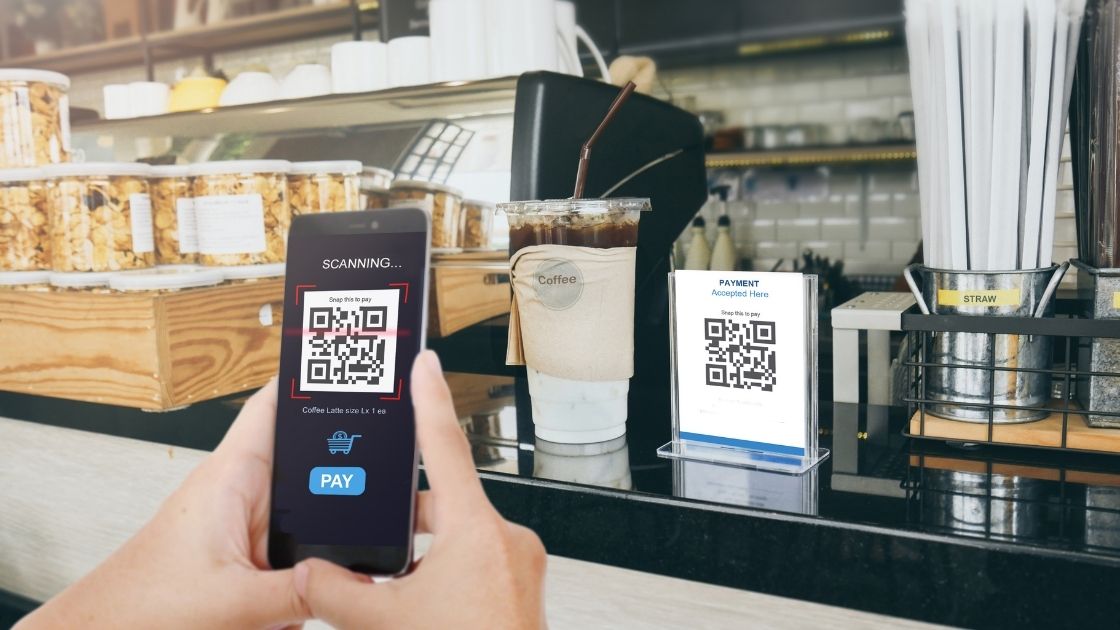From paying for taxi fare to eating out at hawker centres, cash is still king in Singapore to a certain extent. However, as a nation, Singapore is always trying to leverage technology to innovate and add convenience to its citizen’s way of life.
As the country makes stride towards being a Smart Nation, how has e-payment evolved over the last few decades, and how does Singapore progress towards a cashless society?
From Cards To Cashless In Three Decades
When it comes to e-payment methods, Singapore was already a pioneer as far back as 30 years ago. In the mid-1980s, GIRO (General Interbank Recurring Order) was launched so that Singaporeans could automatically arrange recurring payments through their bank accounts. This was primarily aimed at helping people make payments to billing organisations, while the day-to-day mode of payment for goods and services remained as cash.
As NETS (Network for Electronic Transfer Singapore) was rolled out islandwide a few years later, Singapore was swift in adopting one of the world’s first e-payment services. Using NETS EFTPOS service, Singaporeans were able to pay merchants electronically. All you needed was an ATM card that was linked directly to your bank account. In addition to using the ATM card to withdraw cash from a machine, the same card could be used for payments by keying in a pin code. Anyone could easily use NETS for simple purchases at places such as the supermarkets, post offices, department stores and petrol kiosks.
For people who were concerned with security issues of linking one’s bank account to an ATM card, NETS Cashcard was another alternative. You could determine and store a limited amount of cash value digitally in a card and use it to pay for items of low value. As the cash value ran out, you could top up more. NETS Cashcard was instrumental in establishing an e-payment framework for Singapore’s public transport system. Drivers could pay for parking charges as well as ERP (Electronic Road Pricing) tolls on the road by using in-vehicle units. NETS was popular from the moment of its launch and has remained an integral means of payment in Singapore today.
By the early 2000s, a contactless stored value card known as the EZ-Link card emerged in the country. Commuters could board a bus or take an MRT ride by simply tapping their EZ-Link cards at the designated terminals, which will automatically deduct the exact fare required. Besides being a smart card used for payment on public transport, EZ-Link has quickly expanded its application over the years. Now, the EZ-Link card can be used in retail, government and community services, as well as at vending machines and even hawker centres.
The Rise Of E-Wallets And Mobile Payment
In recent years, more cashless initiatives have been introduced. Singapore has always been an early adopter of technology. The convenience of going cashless along with the fact that almost everyone has a mobile phone is the main reason for Singaporeans to welcome e-wallets and innovative digital payment services that are powered by apps.
In 2017, the Association of Banks of Singapore launched a peer-to-peer money transfer service, PayNow. PayNow uses an instant payment platform known as FAST (Fast And Secure Transfers) for users to transfer funds to recipients via just mobile phone numbers or NRIC numbers.
With the participation of nine major banks, such as Bank of China, Citibank, DBS/POSB, HSBC, UOB and OCBC, almost everyone can use PayNow. From social routines like dining as a group and splitting the bill, to special occasions like giving ang paos at a wedding or during Lunar New Year, PayNow is an instant success.
This interbank transfer system is also extended to corporate use. Without having to reveal their account numbers, companies and businesses only need a UEN (Unique Entity Number ) number to receive direct payments.
It is vital for businesses, especially the SMEs (Small and Medium-sized Enterprises), to adopt cashless payment as a way to reduce cash flow issues. Being able to receive instant cash payments instead of waiting for cheques and credit card payments to clear will provide companies with better a working capital cycle, thus improving efficiency and bolstering their earnings.
From consumers to the corporate sector, it is evident that mobile payment is gaining traction amongst Singaporeans. This is why global tech giants like Apple and Samsung along with local companies like Grab and Singtel have jumped on the bandwagon of developing and providing e-payment services. As more e-payment service providers emerge in Singapore, paying with cash does seem like a thing of the past.
The Birth Of A QR Code Economy
Being a financial hub, it is crucial for Singapore to construct a robust national e-payment structure that is open, accessible and competitive. Harnessing technology is key to building a digital economy.
To help Singapore advance to the next stage of being a cashless society, QR code payment is introduced. QR code payment is a contactless payment method where all one needs to do is to scan a QR code using a mobile phone, key in the amount required and submit the payment. The merchant will instantly receive the exact amount of money. There is no administration, no waiting and no delay.
One of Singapore’s most popular mobile payment apps that uses QR code is DBS PayLah! Like many other e-payment apps, this is an easy-to-use digital payment method that is quick and convenient. At places where cash transaction used to be common, such as hawker centres, shops and taking a taxi, merchants and consumers no longer have to deal with notes and coins. Furthermore, compared to credit and debit card, you also do not have to swipe and sign for purchases or struggle to recall pin codes.
QR code payment is not only safe and secure, but it has also streamlined an otherwise cumbersome payment process, eliminating the need for cards, payment networks, terminals and accounts. Its efficiency is one of the leading drivers for the growing usage and adoption of QR code payment. From hawkers to taxi-drivers and even the older generation who might have initially resisted the switch from cash to e-payment, QR code payment has now been widely embraced.
To further facilitate a well-connected society powered by digitalisation, a common QR code has been developed by the MAS (Monetary Authority of Singapore ) and IMDA (Infocomm Media Development Authority).
Known as SGQR, this is the world’s first unified payment QR code that is compatible with a wide spectrum of payment schemes. Instead of each service provider having their own QR codes, SGQR standardises everything so only one universal QR code is needed.
To help Singaporeans get used to SGQR, a tagline known as “Pick, Scan, Pay” was introduced. Consumers will first pick up the SGQR label at the point of purchase, then select their preferred payment app on their mobile phones, and finally scan the SGQR code to pay.
From the commercial aspect, SGQR reduces operational cost for merchants because they no longer have to work with multiple QR codes to accept payment. Displaying one QR code also reduces clutter for some vendors at the storefront. For consumers, they enjoy the simplicity of using one QR code as well as the flexibility of choosing how to fund their QR payments.
Smart Future On The Horizon
In the recent COVID-19 pandemic that has swept across the globe, the benefits of e-payment are further reinforced. Compared to cash, contactless payment methods have proven to be convenient, safe, hygienic and efficient. The QR code payment is here to stay and Singapore is well on its way towards being a cashless society. However, for its digital economy to thrive, certain issues need to be addressed and overcome as a country. The loss of privacy is one. Hacking and individual overspending are other concerns. It is important to safeguard against cybercrime and establish a safe and reliable infrastructure that will support Singapore’s push towards being a Smart Nation. It might take time, but she will get there.








